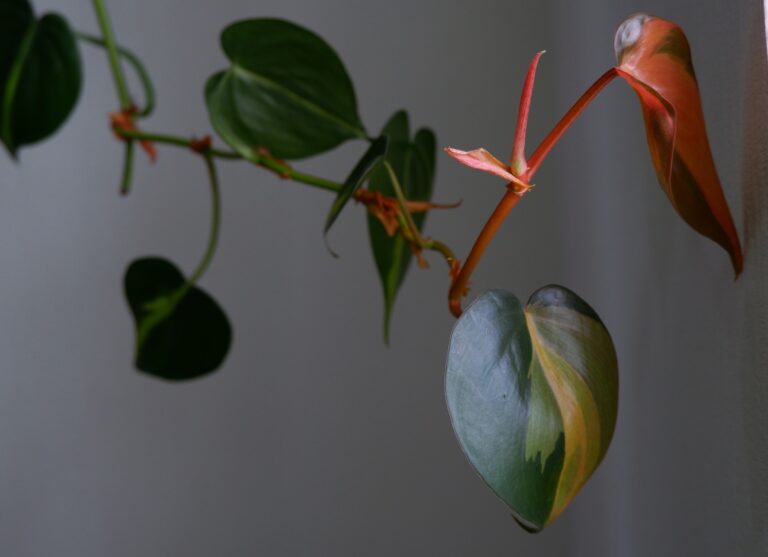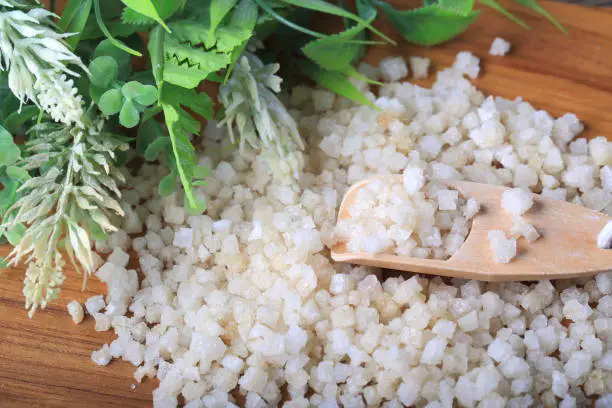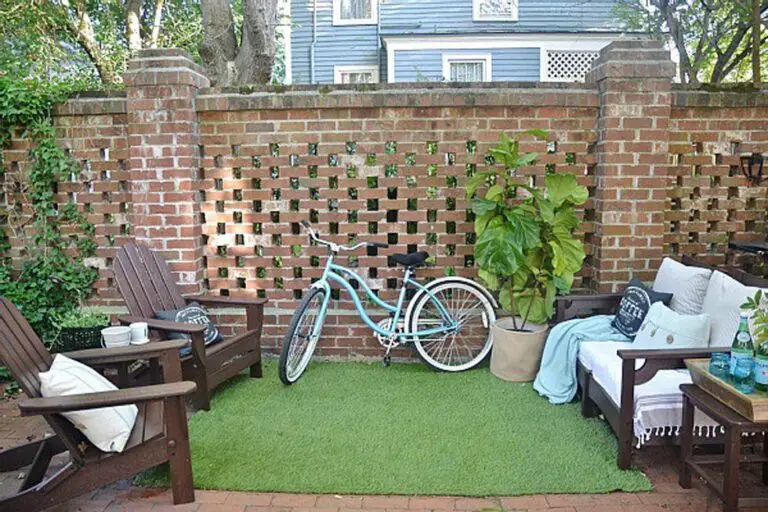Spartan Juniper Tree: An Evergreen Marvel for Every Garden

The Spartan Juniper Tree, scientifically known as Juniperus chinensis ‘Spartan’, is a widely acclaimed evergreen that has captured the hearts of many gardeners and landscapers worldwide. Its resilience, aesthetic charm, and versatility make it a popular choice among both beginner and seasoned horticulturists.
In this article, we’ll delve deep into the world of the Spartan Juniper, exploring its unique attributes and giving you the guidance you need to ensure it thrives in your garden.
Overview of the Spartan Juniper Tree
Native to Asia, particularly China, the Spartan Juniper Tree belongs to the Cupressaceae family. Over the years, it has been cultivated and introduced to various parts of the world, mainly because of its adaptability and ornamental value. This tree is particularly noted for its fast growth rate and the rich green color of its foliage, which remains vibrant throughout the year.
Features that Set It Apart
Columnar Shape
One of the most distinct features of the Spartan Juniper is its columnar or pyramidal shape. This compact and upright growth makes it an ideal choice for those looking to add vertical elements to their landscape.
Evergreen Foliage
Unlike some trees that shed their leaves, the Spartan Juniper retains its lush green appearance all year round. This evergreen nature ensures that your garden remains lively even during the colder months.
Low Maintenance
Spartan Junipers are known for their hardiness. They can withstand various soil types, weather conditions, and even require minimal care when it comes to pests and diseases.
Ideal Growing Conditions
For those considering adding a Spartan Juniper to their space, it’s essential to understand the tree’s growing conditions to ensure it thrives.
Sunlight
This tree thrives best in full sun, so ensure it receives at least 6 hours of direct sunlight daily.
Soil
While adaptable to a range of soil types, well-draining soil is ideal. The Spartan Juniper is relatively drought-tolerant once established, but it’s essential to avoid waterlogged conditions.
Watering
Regular watering is crucial during the initial growth phase. Once the tree is established, you can cut back on the frequency, ensuring the soil remains moist but not soggy.
Landscaping with Spartan Juniper
The Spartan Juniper’s sleek and vertical growth makes it a prime candidate for various landscaping applications:
Privacy Screens
Planting a row of Spartan Junipers can act as a natural barrier, offering privacy from neighbors or noisy streets.
Windbreaks
Their dense foliage can also serve as a wind barrier, especially in open areas.
Ornamental Display
Single Spartan Junipers can be used as focal points in garden beds or even container gardens.
Pruning and Care
Regular pruning is not a strict necessity for the Spartan Juniper. However, if you wish to maintain a particular shape or size, it’s best to prune during the late winter or early spring. This not only helps in shaping but also encourages healthy new growth.
When it comes to pests, watch out for common culprits like spider mites or juniper scale. Regularly inspecting your tree and using natural or chemical treatments when necessary can ensure your tree remains healthy.
Propagation and Growth
For those looking to expand their collection or share the beauty of the Spartan Juniper with friends and family, understanding propagation is essential.
Cuttings
One of the most effective methods to propagate the Spartan Juniper is through semi-hardwood cuttings. This involves taking a cutting from the tree during the late summer, ideally when the wood is somewhat firm but still flexible. After treating the cut end with rooting hormone, it should be planted in a pot filled with a well-draining mix. With consistent moisture and warmth, roots should develop in a few weeks to months.
Seeds
While propagation through seeds is possible, it’s less commonly practiced due to the longer germination period and lower success rate compared to cuttings.
Companion Plants for Spartan Juniper
When integrating the Spartan Juniper into your landscape, consider pairing it with other plants to create a harmonious aesthetic:
Flowering Plants
Brightly colored perennial flowers such as daylilies, coreopsis, and coneflowers can contrast beautifully with the Spartan Juniper’s rich green foliage.
Shrubs
Opt for shrubs like lavender or rosemary, which not only complement the Spartan Juniper in appearance but also thrive in similar conditions.
Environmental Benefits
Beyond its visual appeal, the Spartan Juniper offers several ecological benefits:
Erosion Control
Its robust root system can help in stabilizing soil, particularly in sloped terrains.
Habitat
Birds often seek refuge within the dense foliage of the Spartan Juniper, while its berries can serve as a food source for various wildlife.
Parting Thoughts
The Spartan Juniper, often referred to as the “Chinese Juniper,” has solidified its mark. Originating from North and East Asia, these trees are not just aesthetically appealing with their dark green foliage and dense branches, but they’re also resilient and adaptive. The Spartan Juniper Juniperus chinensis, in particular, stands out for its ability to flourish even in sandy soil, demanding only minimal attention in terms of sun exposure and care.
Yet, as with all trees, a little attention goes a long way. To ensure your Spartan Juniper trees remain vibrant, periodic inspection for dead or diseased branches is crucial. While they are generally robust, they can be susceptible to cedar apple rust, a condition that, though treatable, is best prevented. Moreover, while the tree is content with just natural rainfall, a slow-release fertilizer can provide an added boost, especially when the root ball is still establishing itself in varied soil conditions.
Spartan Juniper trees, with their innate capacity to withstand harsh conditions, symbolize both strength and beauty in the world of horticulture. Whether it’s the contrasting visual of their dense branches against the backdrop of an urban setting or their ability to thrive with minimal care, they are an embodiment of nature’s adaptability. Embracing them means not only adding a touch of green to your space but also inviting a piece of North and East Asian heritage that’s built to endure and impress.






